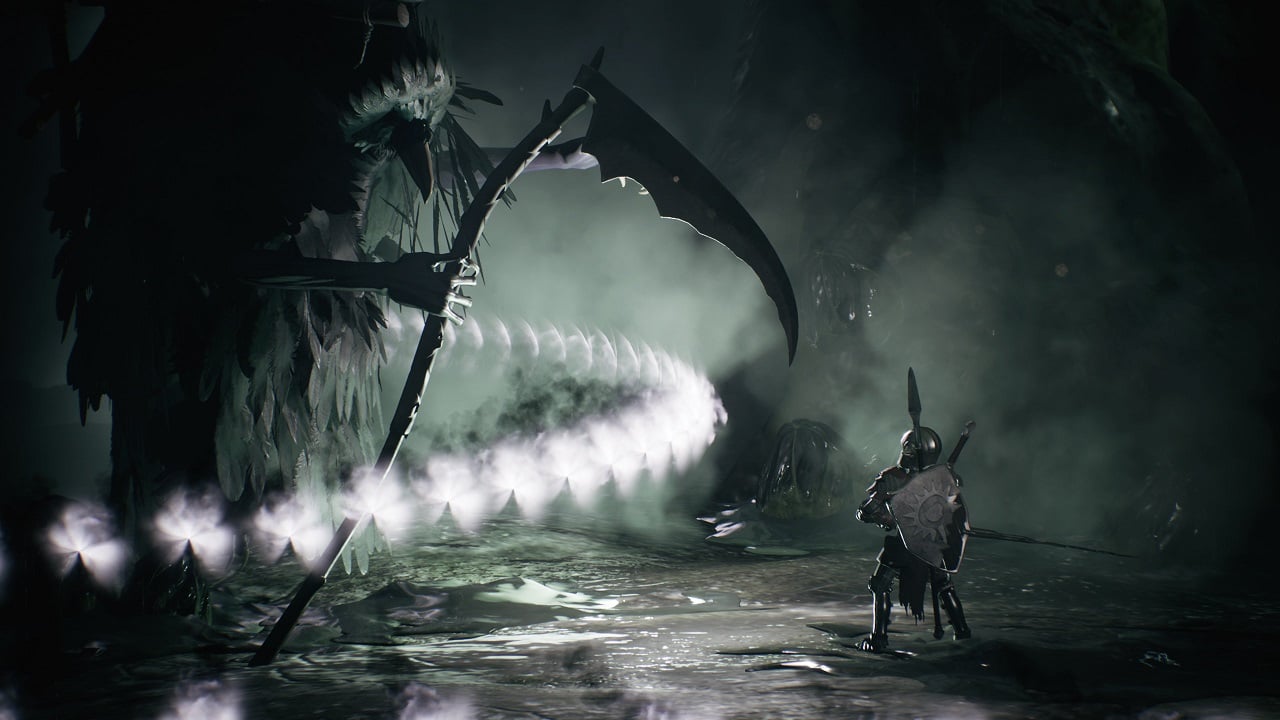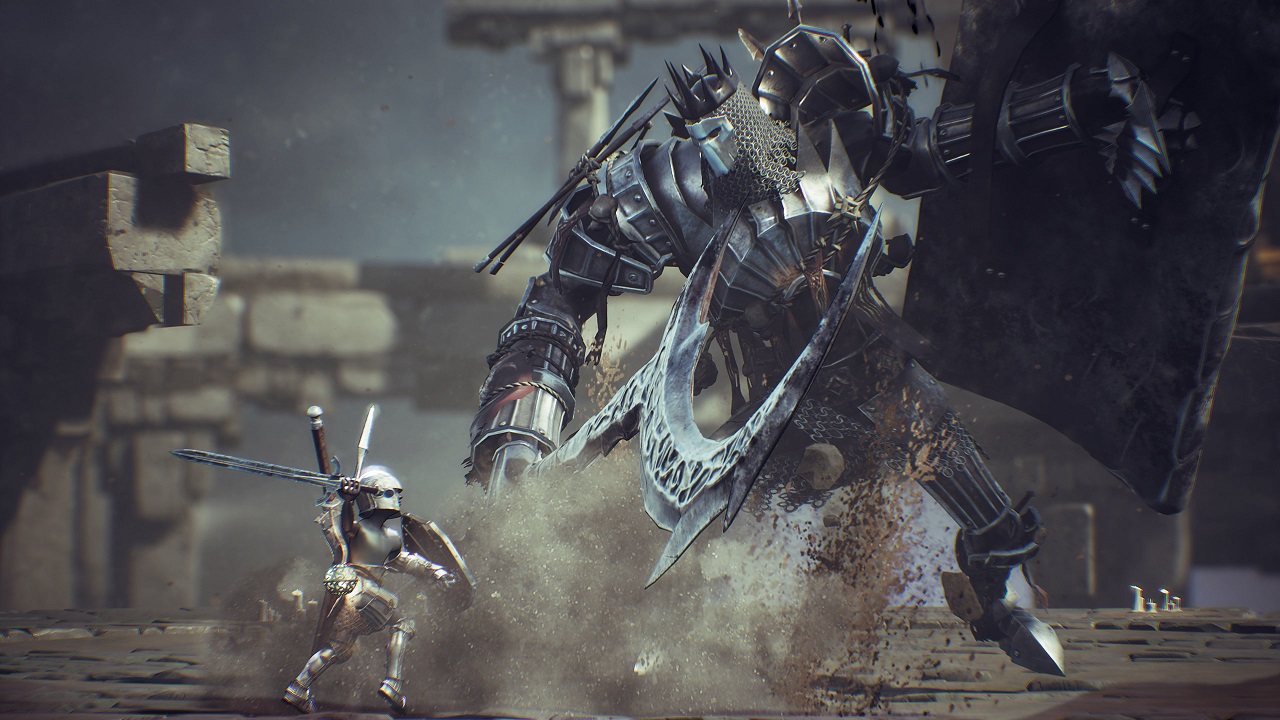Review: Sinner is a disappointing Souls-inspired boss rush
4 min. read
Updated on
Read our disclosure page to find out how can you help MSPoweruser sustain the editorial team Read more

Reviewed on Xbox One
It takes a lot of effort to try and be a Souls clone. From Software’s hardcore Metroidvania series has come and gone but that hasn’t stopped an endless stream of successors and homages from frequently filling the hole left over from Souls’ departure. Sinner: Sacrifice for Redemption is one such homage with one main difference: it’s also a boss rush game.
Souls’ boss fights are essentially the crème-de-la-crème of video game bosses. They take everything you learn from pushing through the winding paths of the game’s complex overworld and test you to your limit. Some are easy, some are hard, some are what we can only describe as “mega-cheese”, but these games make bosses a highlight and something to strive towards.
[shunno-quote align “left”]Wrath’s fight is the worst I’ve played in quite a long time[/shunno-quote]
Apart from a small tutorial section, there are only boss battles to be found in Sinner, and not all of them are particularly good. In fact, some of them are quite bad. There are eight bosses in all: seven deadly sins plus a final disappointing boss fight. They all have their own unique gimmicks, although many of them are heavily inspired by bosses from the Soulsborne series.
Envy’s Lady Onock and Inock are essentially Ornstein and Smaug. Lust, who upon death literally explodes into ejaculate, takes place on a recreation of Rom’s lake with a very similar ice attack in her second phase. Greed harkens back to the aneurysm that is Blightown. The one boss that feels unique and wholly unto themselves is Wrath, who’s instant death swipes, awkward collision and poor arena boundaries easily make his fight the worst I’ve played in quite a long time.
It doesn’t help then that Sinner’s combat doesn’t feel great compared to its competitors. Souls, Nioh and The Surge all feel weighty and full of energy, but this time around there’s an unusual sense of weightlessness attributed to every slash of attack. Items, in particular, feel especially anemic, although when Sloth gets stunned by the spear-throw it feels infinitely better than before.
Only about half of Sinner’s boss fights are enjoyable to play through. Pride, who I’d say wins the prize of being the game’s easiest encounter, is simple and enjoyable and has an interesting design, although not as interesting as Gluttony who’s design and fight beats him out by a substantial margin. The Orenstein and Smaug homage in Envy also sees one of the most polished designs in the game with two ladies I would happily own figures of.
The game’s main draw outside of its bosses is in its system of being a reverse Mega Man game. While in Capcom’s platformer you stock up on weapons and upgrades throughout the game to become more powerful, Sinner sees you become weaker over time with more and more debuffs being added as you atone the sins of your foes. Everything from collapsing when you run out of stamina to reducing the number of times you can heal makes you physically frailer in every upcoming fight. It’s thematic but unsatisfying, and you don’t get the feeling that your foes are progressively getting harder to fight but more that you are being unfairly treated. It is, however, unique.
Sinner feels like it would have benefited from just a few more months in the oven. It’s not that boss fights need to be completely reworked, more-so tweaked and polished. Even when it comes to the floaty combat, it could be helped with slightly more flair and weightier sound effects than the watered-down version we received.
Sinner: Sacrifice for Redemption is an interesting and decent homage to the Souls series, but what it takes from the famous genre-creator it doesn’t give anything interesting back. It’s constantly taking, but not returning anything. It’s a disappointing copy of a game that didn’t need to be copied.









User forum
0 messages